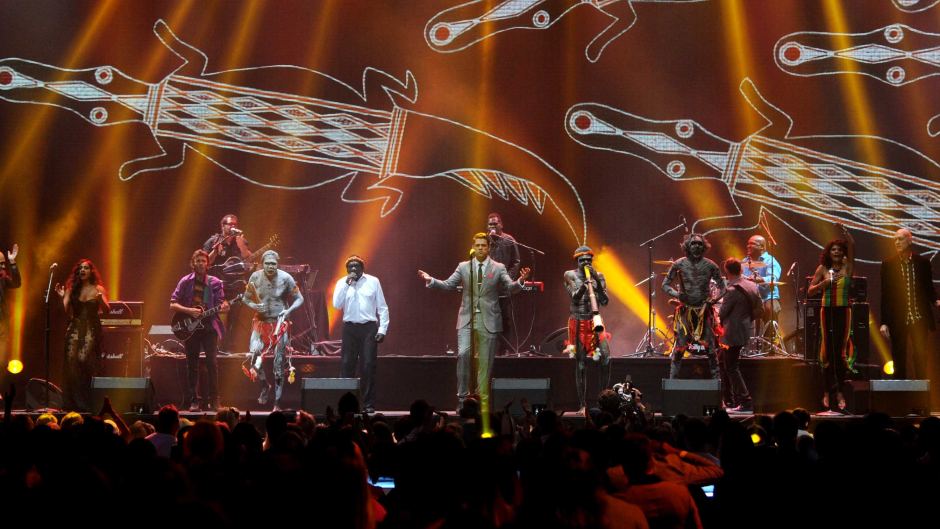Billie Eilish is a rising American singer and songwriter. She’s only seventeen and has already accomplished way more than I ever will. I love her. Billie Eilish and her brother, Finneas O’Connell writes, produces and records all their songs. We grew up hearing thousands of different songs everywhere around us, and often underestimate how difficult it is to write a song, whether it be pop, classical or jazz, etc. But even coming up with a decent melody is actually very challenging. I have to compose a song for theory 202 by next week, and so far it literally sounds like garbage lmao

Billie Eilish’s debut album, When We All Fall Asleep, Where Do We Go?, was released on March 29th, 2019. The album title is a line from her song “bury a friend”, released on January 30th, 2019. The accompanying music video plays a significant role in making ‘bury a friend’ so impactful. Eilish mentioned that she always knows exactly what she wants her music videos to be like, and is very involved with the filming and editing process. So it’s safe to presume that her songs and the music videos are closely related.
The
video takes place in a dark, ominous, rundown apartment complex. There are
three main settings that are interchanged throughout: a bedroom, empty hallways
and a white room that resembles a lab. The music video opens with a man suddenly
waking up from his sleep and then lying back down. He then mutters “Billie” and
the camera pans down to reveal Eilish, with all-black eyes, lurking under his bed.
She stumbles through flickering corridors then is grabbed and manhandled
aggressively by gloved hands. When she sings the line “I wanna end me”, these
gloved hands inject dozens of syringes filled with black liquid. This sequence
of singing under/next to the guy’s bed, stumbling down the hallways, gloved
hands pushing and pulling her then injecting needles on her back, repeats over
the course of the video. One noticeable difference is that as the video progresses
her body and face also progressively contort and transform unnaturally, looking
more and more possessed and frightening. Towards the end of the song when she
sings the lyrics:
“For the debt I owe, gotta sell my soul
‘Cause I can’t say no, no, I can’t say no
Then my limbs all froze and my eyes won’t close
And I can’t say no, I can’t say no”

The camera zooms into her face, and her eyes are completely black, and her face is completely unnatural and emotionless, making those lyrics more effective. This is just one example of many where the video amplifies its connection with the music.
The music video ends with the camera zooming out on the man’s bed but Eilish no longer present under his bed. The song and the video both ends but the beat keeps on going, and the beat actually transitions straight into the next track in her album – ‘ilomilo’.

The song itself already has a sinister, eerie undertone, with the almost monotone melody, her whispery voice, and the dark lyrics. But the music video really levels-up the horror movie vibe of the song. Once you’ve watched the video it’ll be very hard for you to make your mind not automatically conjure up the video next time you hear the song.
Here are some of people’s reactions to this creepy music video:



When I first heard the song on the radio, I thought the song was about suicide because the line “I wanna end me” is so prominent and repetitive. Then I watched the music video and read the entire lyrics and I guessed that the song and the video is about drug addiction. Billie stated in an interview that she wants the listener to ultimately decide what the meaning behind her songs is, but she did mention in an interview that the song is about sleep paralysis and written from the perspective of the “monster under the bed”. I think it’s interesting how she wants the audience to decide what her songs mean to them, and so chooses not to discuss too much about her interpretation of them. Reading Youtube comments is an easy way to read millions of opinions in a short period of time just by scrolling down. I usually never really read youtube comments because irrational hateful comments that some people leave usually annoy the heck out of me. But I didn’t find any bad comments on this video. In fact, it was really cool how so many people interpreted the song differently:




In conclusion, Billie Eilish is awesome and everyone should go listen to her songs if you somehow haven’t already
Bibliography:
https://en.wikipedia.org/wiki/Bury_a_Friend
https://consequenceofsound.net/2019/02/song-of-the-week-billie-eilish-asks-the-big-questions-on-bury-a-friend/
https://www.songmeaningsandfacts.com/billie-eilishs-bury-a-friend/
http://bcheights.com/2019/02/03/billie-eilish-spooks-in-haunting-bury-a-friend/
https://consequenceofsound.net/2019/02/song-of-the-week-billie-eilish-asks-the-big-questions-on-bury-a-friend/






